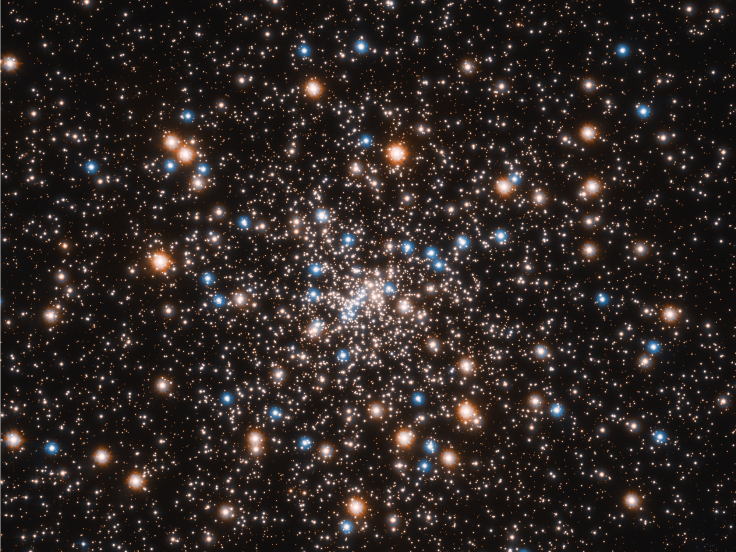NASA's Hubble Captures Stunning 8-Billion-Year-Old 'Cosmic Bauble' [PHOTO]
One of the brightest and largest globular clusters, Messier 3, was recently captured by the NASA/ESA Hubble Space Telescope in a stunning image.
On its official Twitter page, NASA shared a new Hubble image of an incredible "cosmic bauble" containing around 500,000 stars. Located about 33,900 light-years away from Earth, the NGC 5275 globular cluster can be found in the constellation of Canes Venatici.
#HubbleFriday Globular cluster Messier 3 contains an incredible half-million stars! This 8-billion-year-old cosmic bauble is one of the largest and brightest globular clusters ever discovered: https://t.co/F8SCQ62yAs pic.twitter.com/FVIxle7CpU
— Hubble (@NASAHubble) April 12, 2019
Also one of the oldest clusters in our galaxy, Messier 3 is estimated to be 8 billion years old. For comparison, NGC 5275 was already half its current age when our own Sun was formed.
Aside from its age and massive size, there is also one thing that sets M3 apart from other globular clusters. Among the cluster's half a million stellar population, about 274 of them are variable stars, whose brightness fluctuate over time, according to NASA's website. This is the highest number of variable stars that has been found in any globular cluster so far, and there are more being discovered in M3 to this day.
Out of the 274 known variable stars, there are 170 RR Lyrae variables, a special variety usually found in globular clusters that "pulse with a period directly related to their intrinsic brightness." Known as standard candles, RR Lyrae stars help astronomers determine the distance of celestial bodies and objects and study globular clusters.
Aside from these variable stars, M3 has also been found to have a relatively large amount of blue main sequence stars, also known as "blue stragglers." They appear to be younger than the other stars in the globular cluster as they are bluer and brighter. However, this may not actually be the case.
Astronomers believe that all the stars in NGC 5275 were born around the same time and are thus roughly the same age. As such, bluer stars may not actually be younger, but just have more mass than the other stars.
For instance, a red, old star can gain mass by taking it from a nearby star. The added mass transforms it into a bluer star, making it appear younger than it really is.

M3 is one of 110 celestial objects listed in French astronomer Charles Messier's "Catalogue of Nebulae and Star Clusters." NASA's Hubble has taken images of the 110 Messier objects since its launch in 1990.
Another Messier object, M2, was also recently caught on camera by Hubble. Also a globular cluster, M2 is much older than M3 at 13 billion years old, though it has a much lower stellar population. M2 contains an estimated 150,000 stars within its 175-light-year distance.
#HubbleFriday Messier 2 is one of the largest clusters of its kind and one of the oldest associated with the Milky Way. It is bright enough that it can even be seen with the naked eye when observing conditions are extremely good: https://t.co/BCKJe6pA2o pic.twitter.com/PlTboLRzfl
— Hubble (@NASAHubble) April 5, 2019
© Copyright IBTimes 2025. All rights reserved.





















